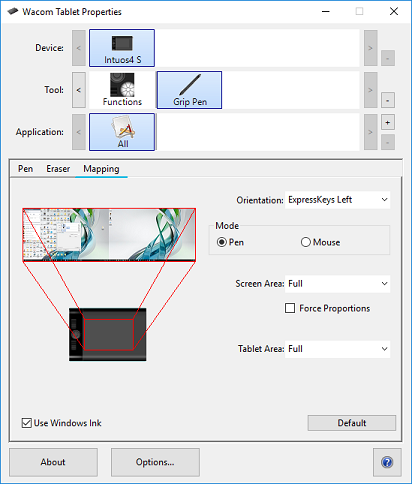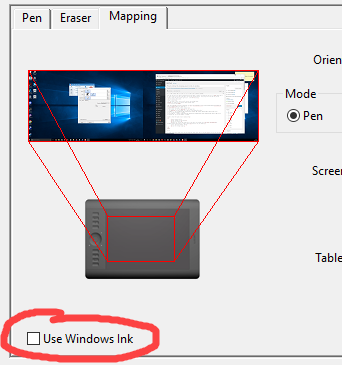

Generally speaking, it's best to restart your computer after every new installation. Oftentimes, the users who complain about the lack of pen pressure on their graphics tablets are the same people who are using their brand new device right out of the box. If you're looking into getting a graphics tablet, we strongly recommend ensuring that it has a number of pressure sensitivity levels.

Related: Things You Should Know Before Buying a Graphics TabletĪlmost all graphics tablets have a number of sensitivity levels (some as few as 300, others can go over 8,000), but some low-end tablets won't have this feature at all. Pressure sensitivity is completely separate from this, and the adjustments you make to it completely depends on what graphics tablet you have.

For instance, when using brushes in Photoshop, you can adjust the Smoothing slider to help correct your shaky strokes. This is not to be confused with the pen stabilizing tools found in some graphics editors. Pressure sensitivity (also commonly referred to as pen pressure, pen sensitivity, etc.) refers to how your graphics tablet decides how thick or thin the lines you draw are, based on how much force you put down on your stylus. That might not sound like much of a game-changer, but it can make a world of a difference if you're a beginner artist. While it's not at all a necessity to own a graphics tablet to create digital art, it has one key advantage over computer mice: the ability to detect and interpret pen pressure. Tools don't make the artist, but they sure do make some tedious tasks easier.


 0 kommentar(er)
0 kommentar(er)
